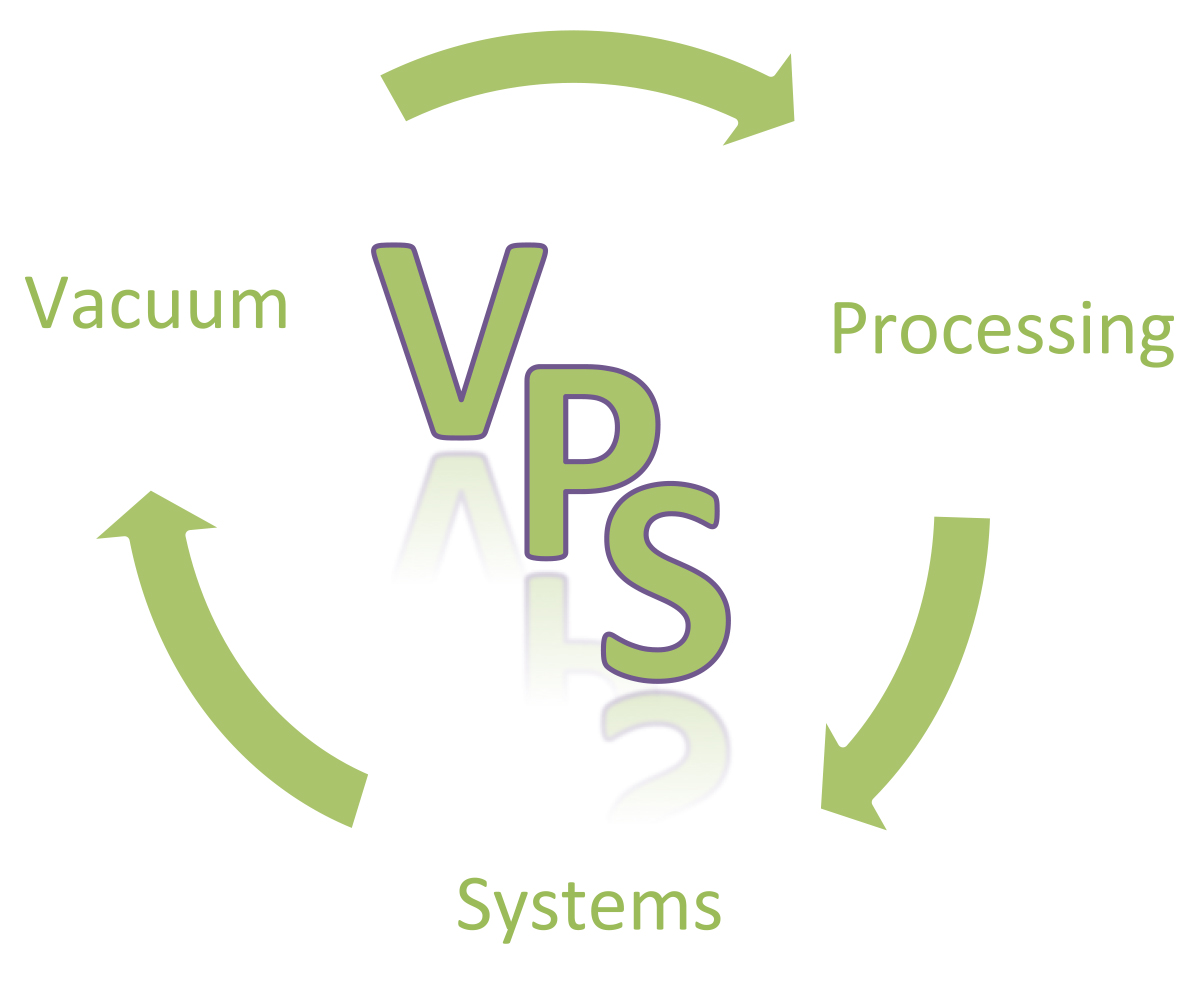BEARING CLEANING
Like the initial vapor bubble formation in a boiling pot of water, VCN bubbles like to form in tight areas like the crevices in the pot where water begins to boil. Vapor bubbles expel fluid and contaminant from the area and collapsing bubbles draws in fresh fluid. The pressure change during the vacuum cycle is felt by the fluid throughout the chamber.
Similar to the pressure your back brakes feels instantaneously when you apply the brakes in a car, the fluid even inside solid channels or tubes form vapor when the pressure is reduced and even the smallest space can become an escape route for contaminated fluid at the cleaning site. When the vacuum is paused, fresh fluid can now reenter the target area and the cleaning process continues.
The video shows how the VCN process can reach hard to clean areas. Oils and grease can be shielded from other cleaning methods such as spray or ultrasonics but the VCN process treats these internal surfaces just like it treats external surfaces. Bearing grease can’t hide.
